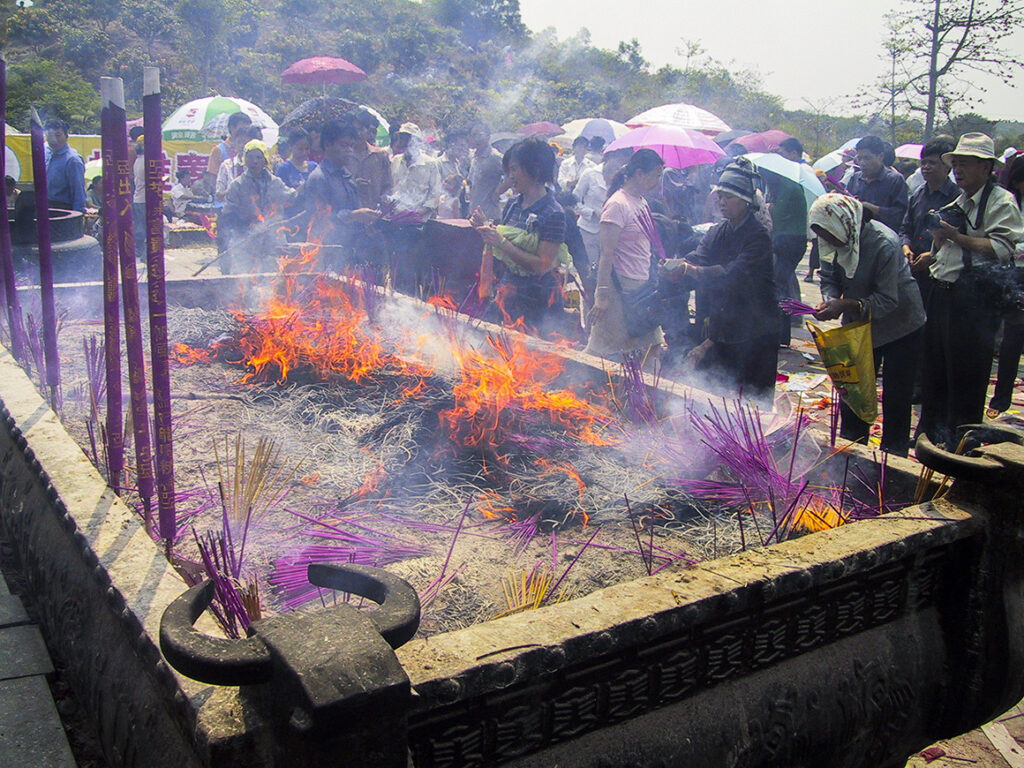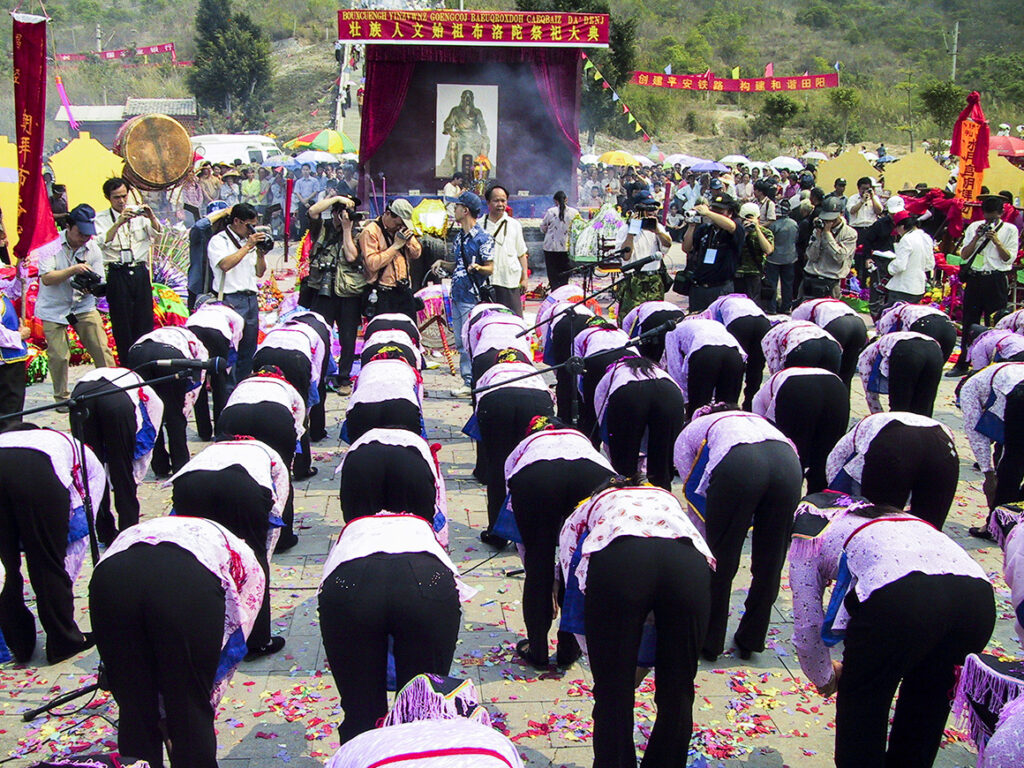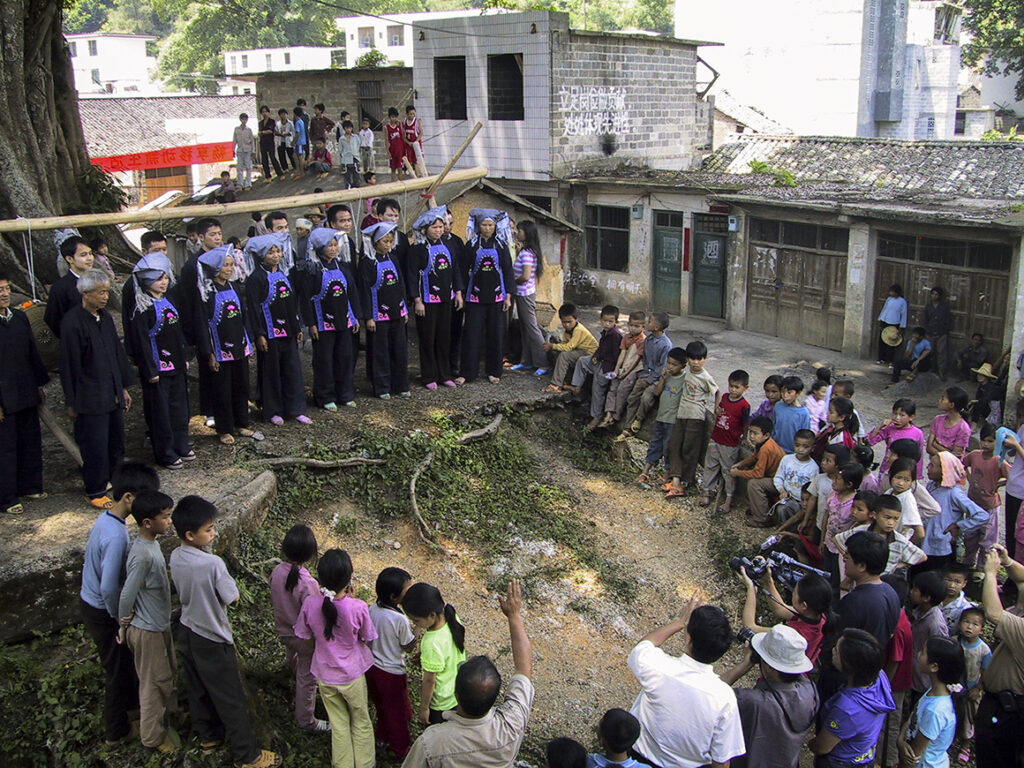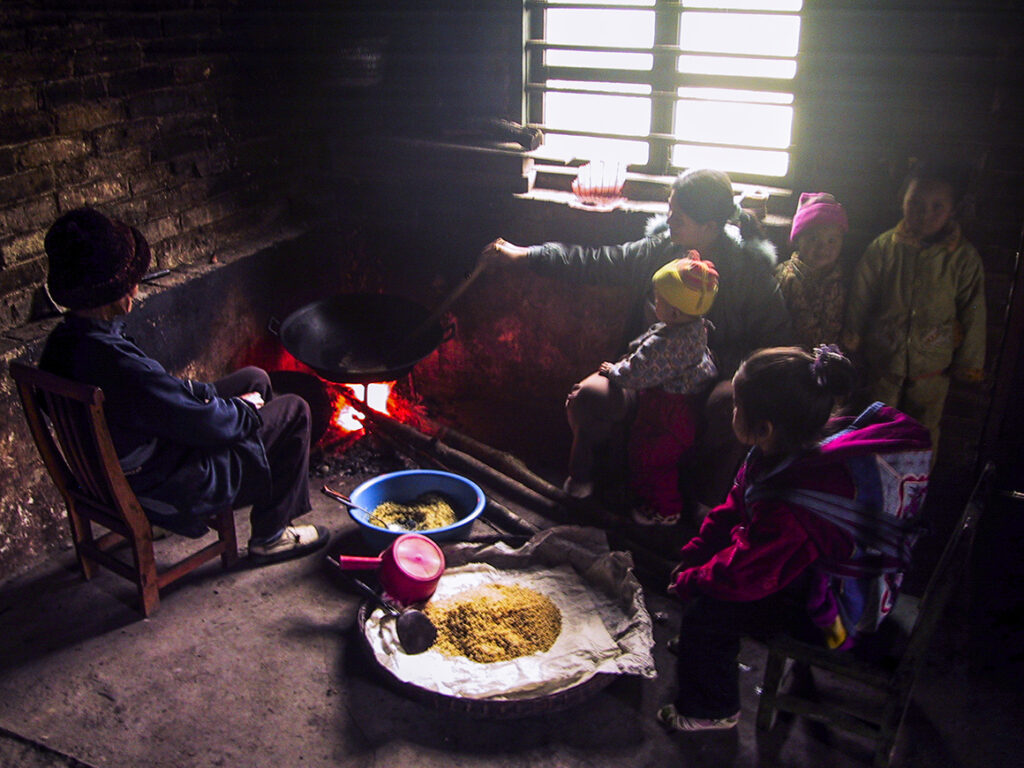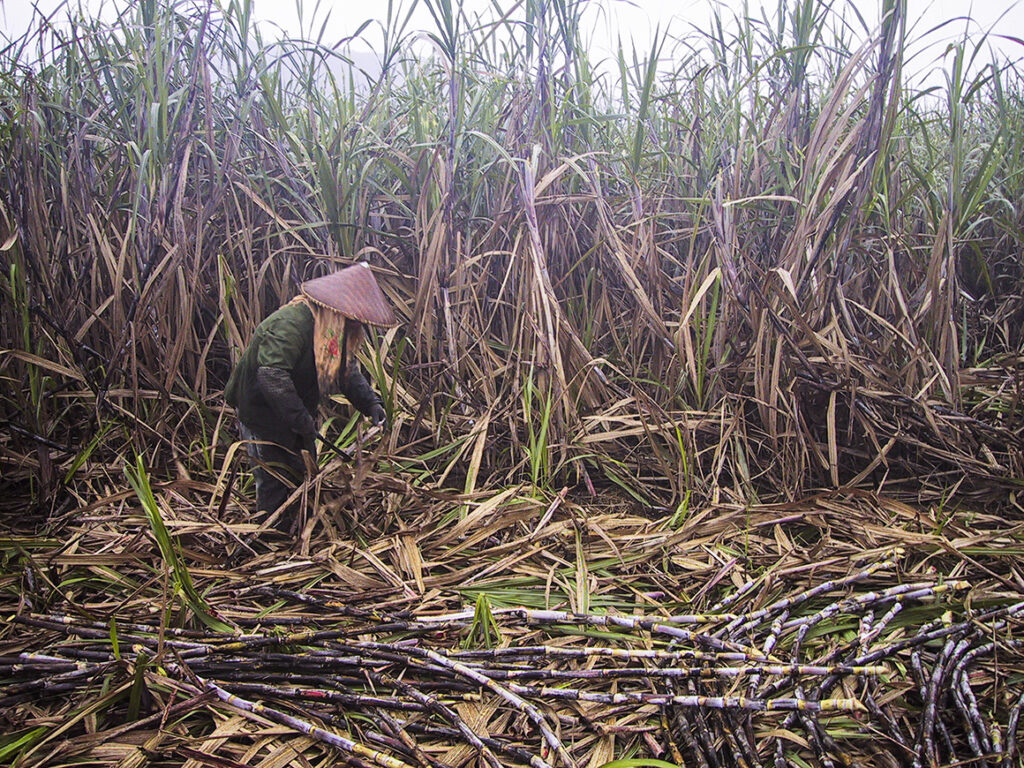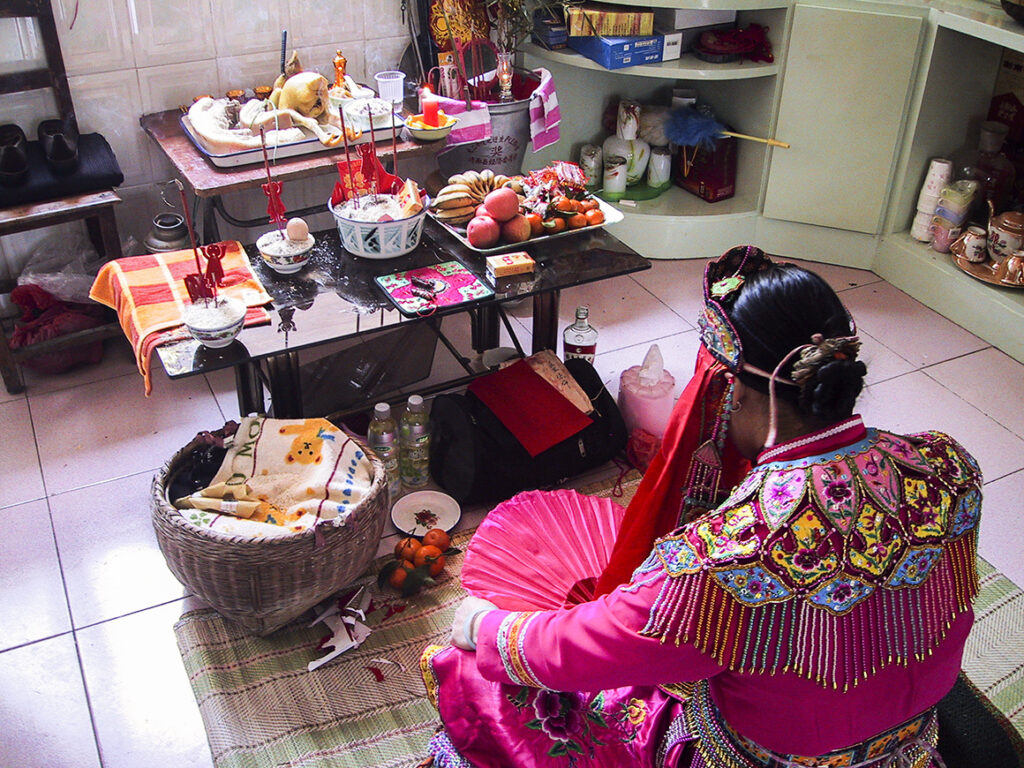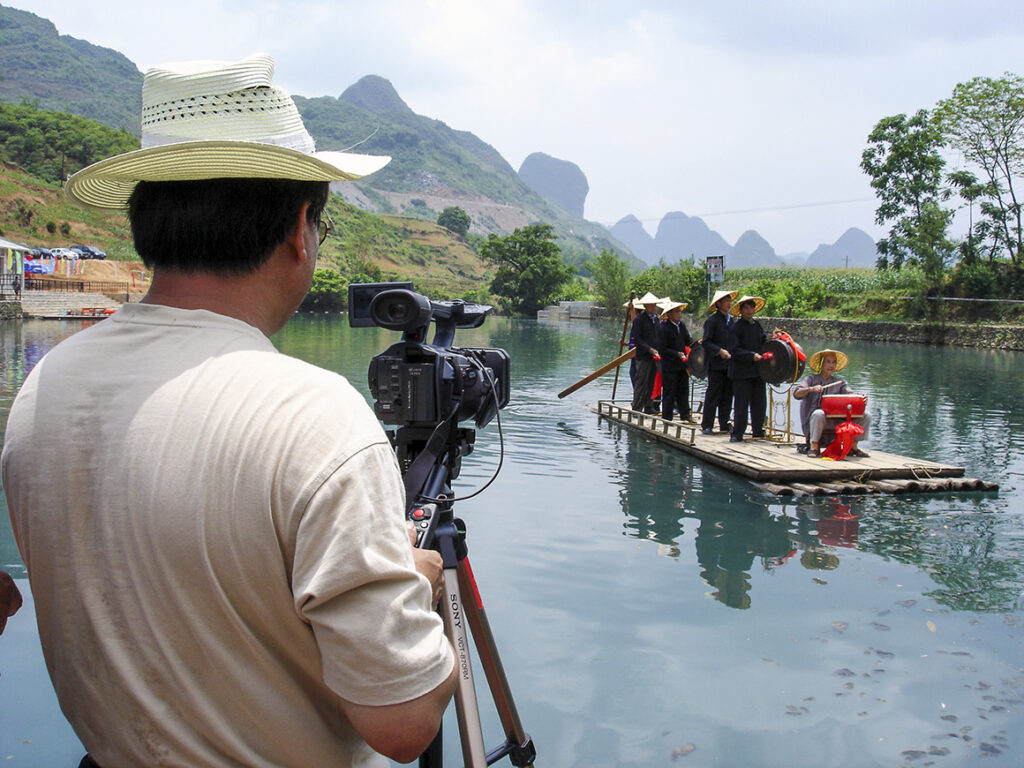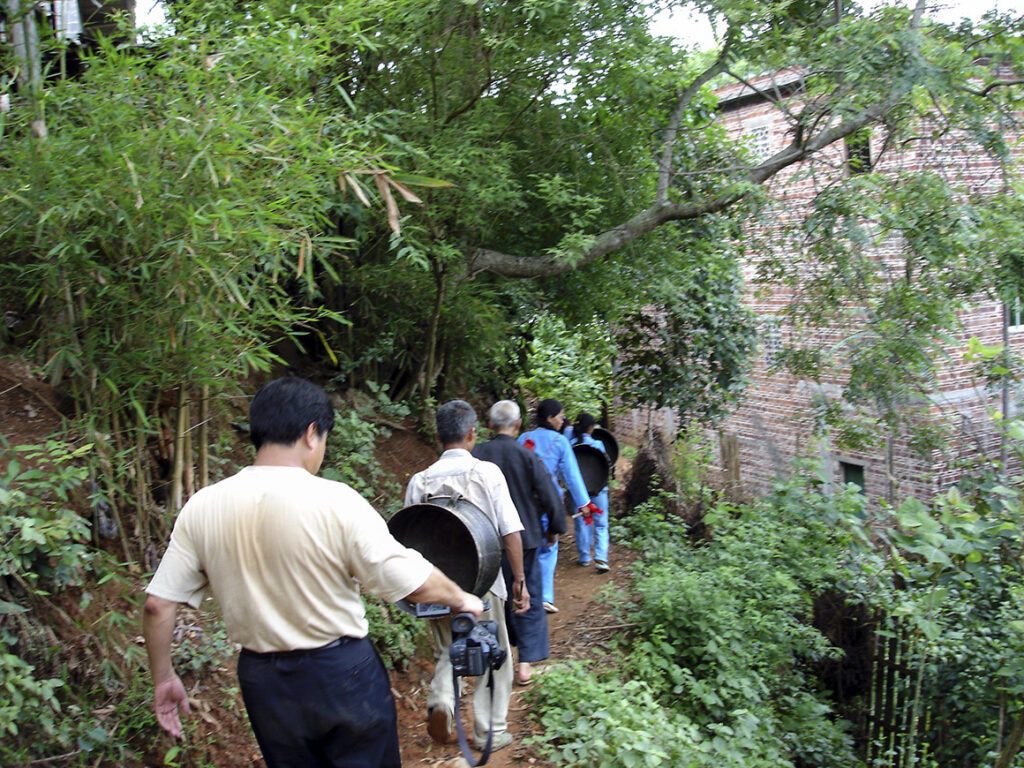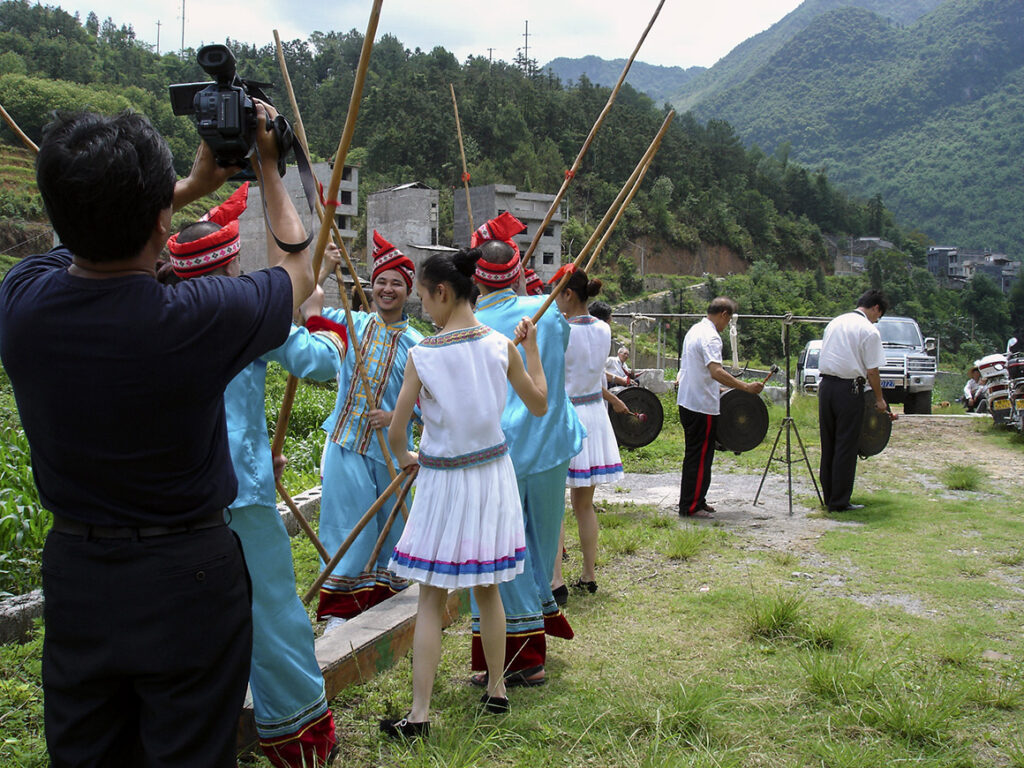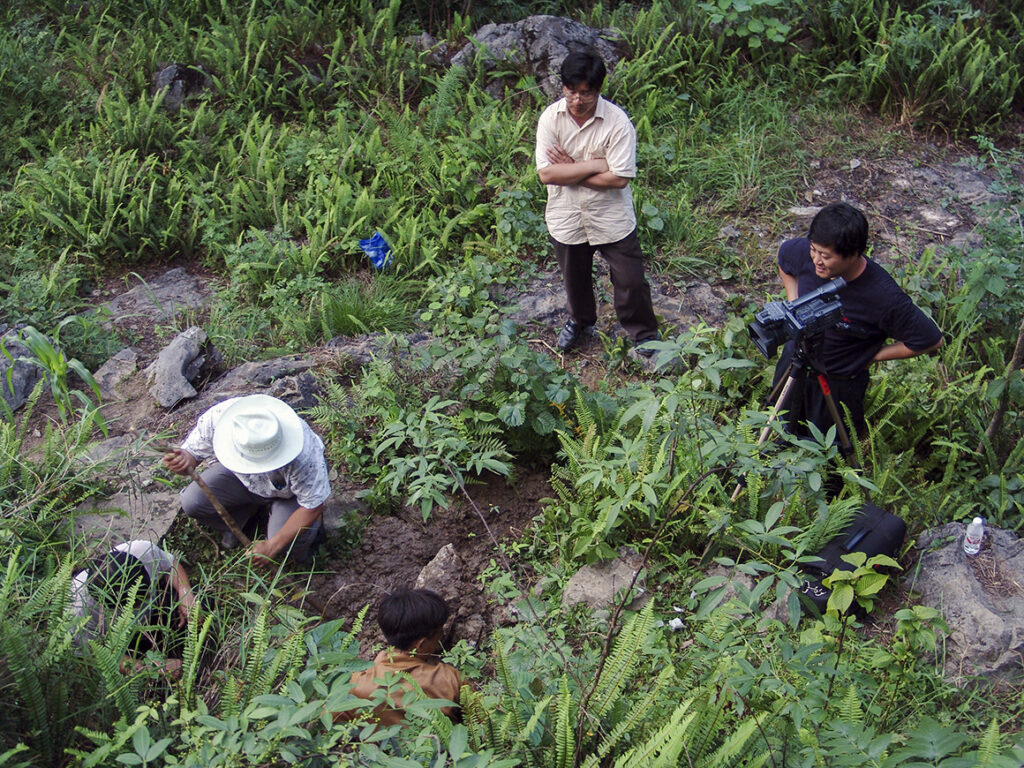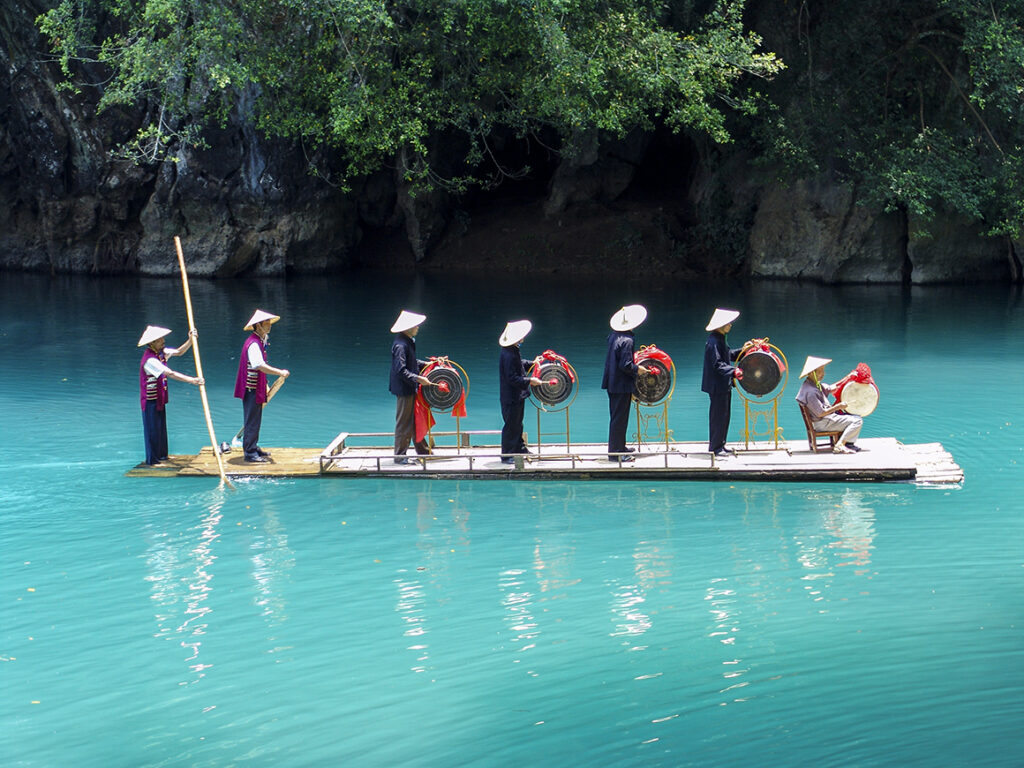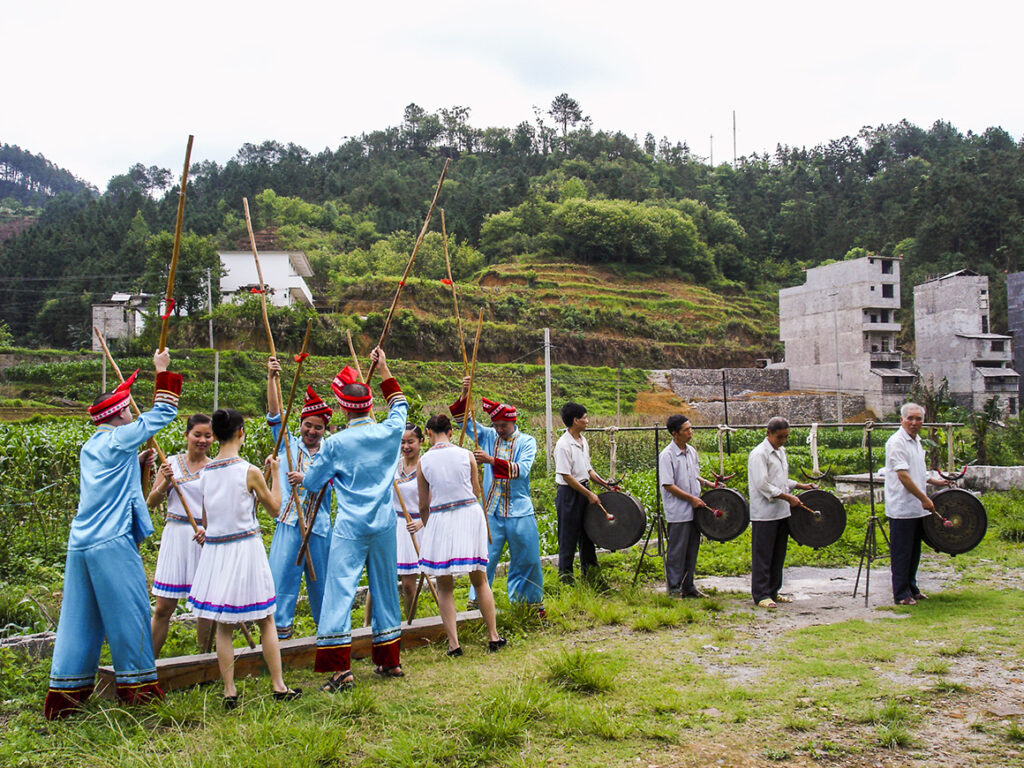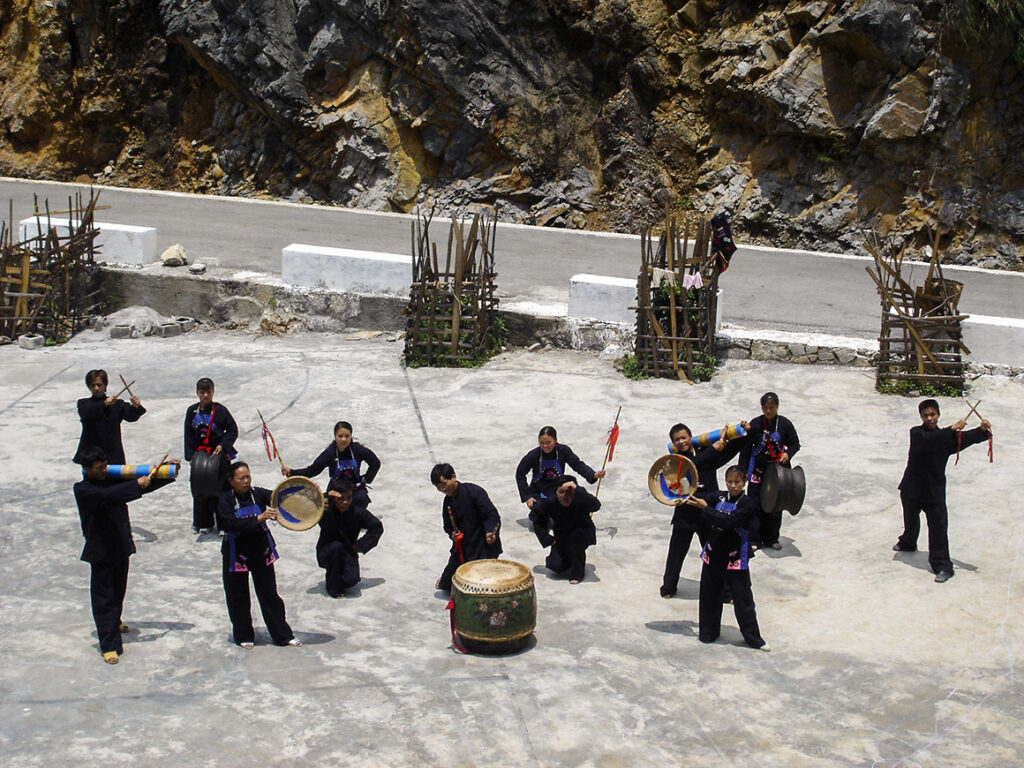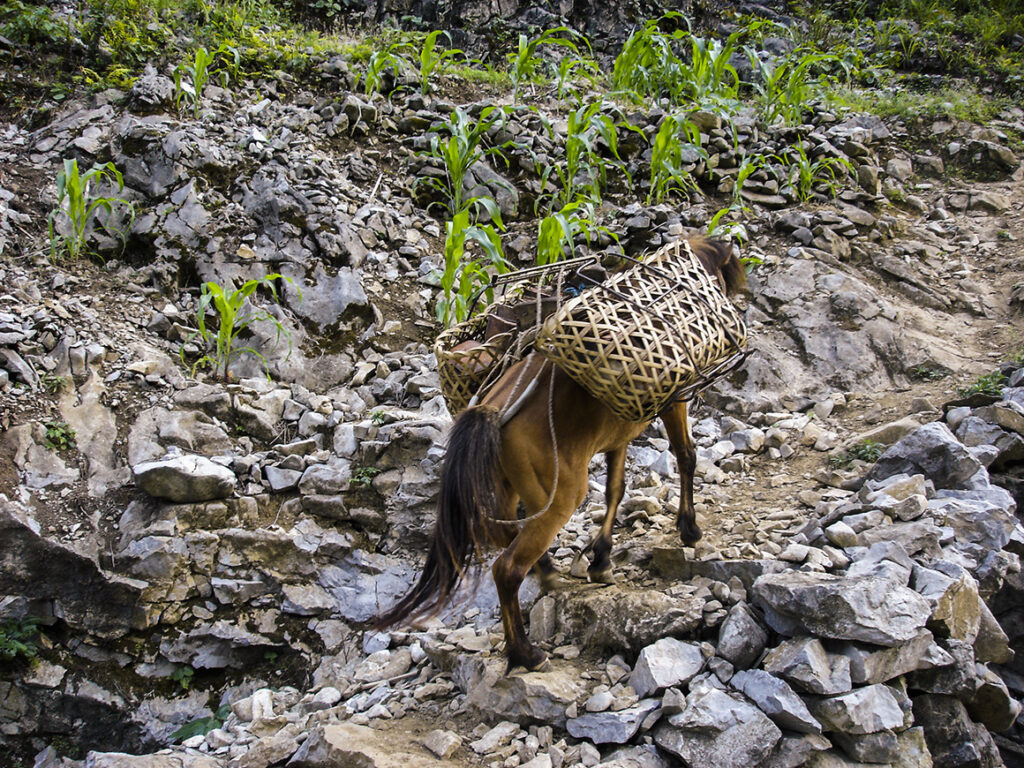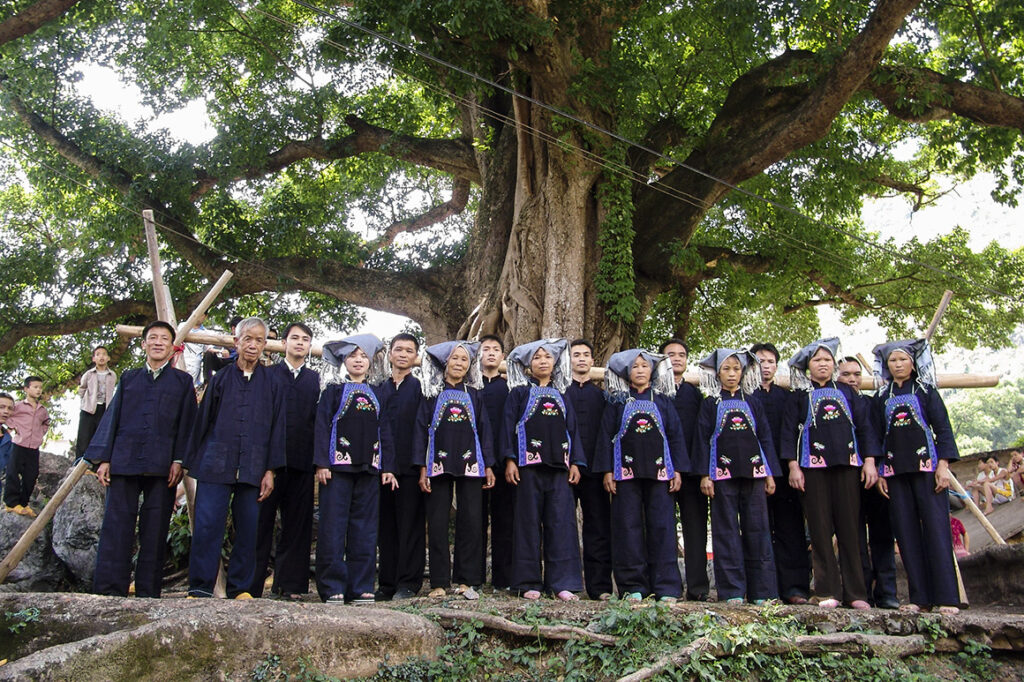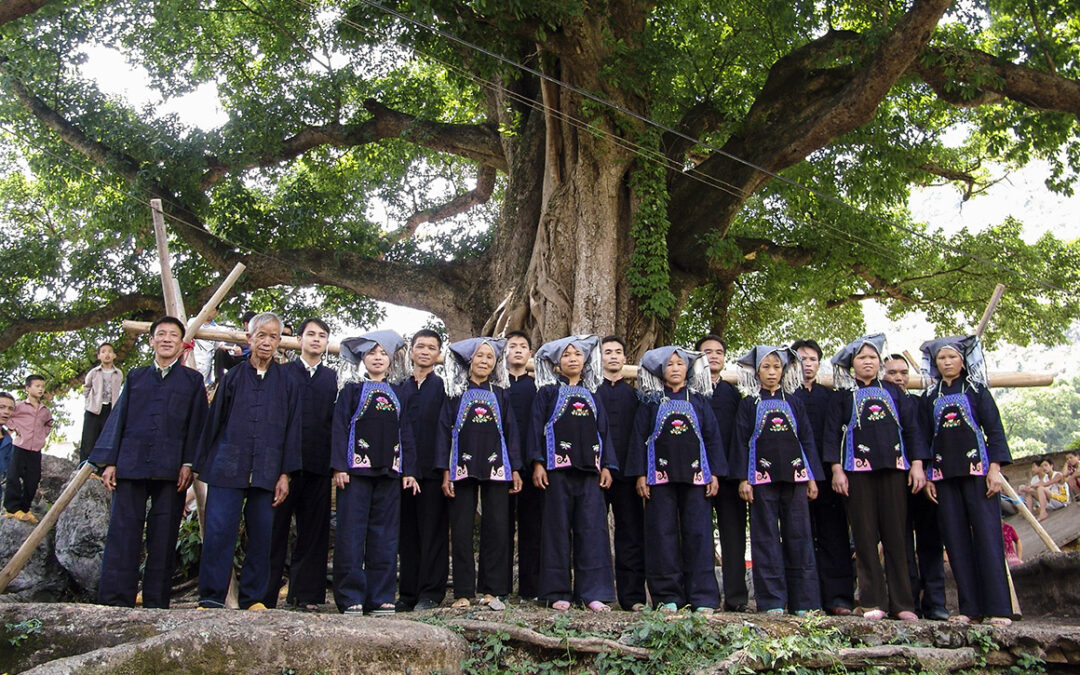Twenty years ago, I was designated to work at Air Force Base of the Southwest Mountain after graduation from the 16th Air Force Flight Academy of China People’s Liberation Army. It was a place that I could sleep with the company of folksongs in the mountain areas.
There are 34 ethnic minorities dwelling in the Southwest Mountain of China in total, each of which boasts of its unique language, religious belief and customs left to be discovered by the outside world.
During the seventies of the 11th century, Marco Polo, a Venetian businessman, together with his father and uncle, travelled all the way from Italy to the Middle East before they arrived in China four years later and spent another 17 years there. In the book Travels of Marco Polo written after his return to Italy, he captured his experience in China which was then under the rule of the court of Kublai Khan and his visit of Duzhou(.Now Liangshan Yi Autonomous Prefecture in Sichuan Province) and Dali in Yunnan Province and the corresponding folk-custom culture along the way. Since 1860s, China opened its door gradually to the outside world after the breakout of the Opium War and tourists, missionaries and scholars of various nationalities were attracted to conduct field investigations in southwest mountainous areas in China.
Bacot Jacques, an explorer and pioneering French Tibetologist conducted field research in Naxi Ethnic Minority Area of Lijiang City, Yunnan Province both in 1907 and 1909. In 1931, he got his work Moxie Studies published by Holland Leiden University Publishing House (Moxie (“麽些”in Chinese) refers to the former name of the nationality, replaced by Naxi officially after 1949), which indicated his position of the first western pioneering scholar on the research of Dto-mba Religion.
Joseph F. Rock, an American-Austrian botanist and explorer, had been staying in Lijiang City of Yunnan Province, China during the period between 1921 and 1949. He was supposed to conduct the collection of plant specimen as designated by United States Department of Agriculture (USDA). He was so obsessed with the research of Culture of Naxi Nationality and Dto-mba Religion that he utterly disregarded his tasks. Later on, he was recognized as Father of Naxi Studies in the Western academic circles for his remarkable achievements in the studies of Dto-mba Religion. His fieldwork was assisted with the fund provided by and sponsorship of such organizations as United States Department of Agriculture (USDA), Association of American Geographers, and Harvard Universities, etc. He bought more than 8000 volumes of Dto-mba Scriptures in Lijiang City, which were transported to America and donated to the Library of Congress, research institutes or sold to individual collectors.
As for the whereabouts of Dto-mba Scriptures collected by Rock, K.L.Janert pointed out in the Review of J.F. Rock, Na-khi Manuscripts that most of the manuscripts were lost during the period of World War II; About 4000 volumes were sold to the individuals, which were called as the collection of Heronmere; About 1000 volumes and the microfilm of a large amount of the collection of Heronmere were preserved in the Library of Congress in Washington, USA; 1000 were obtained by Yanjing College, Harvard University (located in Cambridge City of Massachussets, USA). 25 volumes were sent to Rock’s friends and acquaintances and 15 volumes of Dso-la Manuscripts were stolen in the publishing organs of China. Another 1115 volumes with Rock’s individual copied collections included were sold to Marburg National Library of Germany (the code of which is A)
During the period from July 1902 to March 1903, Dr. Torii Ryûzô, the Japanese scholar, led his inspection team to the southwest of China, the fieldwork covering 9 provinces and cities with a journey of more than 10 thousand li in distance and taking a time of seven and a half months. The inspection team, armed with cumbersome glass light-sensing cameras, kept a detailed record of the places and their corresponding topography, oil situation, plantation, and such information concerning the living condition and culture of the local nationalities as their dressing, dialects, housing, legends, customs of wedding and funeral, religious rituals, social organizations. More than 400 pictures of great value were taken while the measurements of the human and other forms of archeological investigation were carried out.
When it moved to the 20th centuries, Chinese anthropologists began to conduct scientific research on southwest mountainous areas from the second decade to the fourth one, aiming at exploring the cultural relics of ethnic minorities there. Professor Yang Chengzhi can be recommended as the first scholar of its kind concerning the research of the ethnic minorities in the Southwest of China.
The visit to the southwest mountainous areas last 6 months, during the period of which the factual living and cultural conditions such as the dressing of local nationalities, housing, legends, customs of wedding and funeral, and religious rituals, etc. are recorded in a detailed manner. In addition, 3000 thousands of photos and a video of 120 hours in length were taken and made concerning such information of Gewei Festival, Drum ritual of sacrifice, local customs of expelling evil spirits and dispelling diseases, God-worship at harvest time, loud singing of Pinggou, singing-to-our -content of Dong Nationality and so on.
